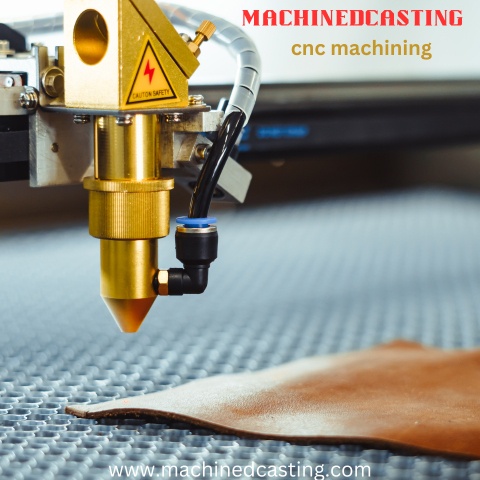CNC (Computer Numerical Control) machining has revolutionized the manufacturing industry, allowing for precise and efficient production of complex parts. For beginners entering this field, understanding the fundamentals of cnc machining is essential. This guide aims to provide a detailed overview of CNC machining processes, tools, materials, and best practices to help beginners get started on their journey.
Understanding CNC Machining: cnc machining involves the use of computer-controlled machines to remove material from a workpiece to create a desired shape. These machines follow instructions from computer-aided design (CAD) files to execute precise movements and cuts. The key components of a CNC machining system include the machine tool, controller, cutting tools, and workpiece.
Types of CNC Machines: There are various types of cnc machining, each designed for specific applications. Common types include CNC milling machines, CNC lathes, CNC routers, and CNC plasma cutters. Understanding the capabilities and limitations of each type is crucial for selecting the right machine for a particular job.
Materials for CNC Machining: CNC machines can work with a wide range of materials, including metals, plastics, wood, and composites. The choice of material depends on factors such as strength, durability, and cost. It's essential to select the appropriate material based on the requirements of the final product and the capabilities of the CNC machine.
Basic CNC Machining Processes: The primary CNC machining processes include milling, turning, drilling, and cutting. Each process utilizes specific tools and techniques to achieve desired results. Beginners should familiarize themselves with the basics of these processes to understand how CNC machining works.
Tooling and Toolpath Generation: Selecting the right cutting tools and generating optimal toolpaths are critical aspects of CNC machining. Factors such as tool geometry, material compatibility, and cutting speeds must be considered to ensure efficient machining operations. CAD/CAM software is commonly used to create toolpaths and generate code for CNC machines.
Safety Precautions: Safety should always be a top priority in CNC machining. Operators must wear appropriate personal protective equipment (PPE), such as safety glasses and gloves, to prevent injuries. Additionally, proper machine setup and maintenance are essential to minimize the risk of accidents.
Best Practices for CNC Machining: To achieve optimal results, beginners should adhere to best practices in CNC machining. This includes proper material fixation, accurate tool calibration, and regular machine maintenance. Additionally, monitoring machining processes and making adjustments as needed can help improve efficiency and quality.
Conclusion: CNC machining offers unparalleled precision and efficiency in manufacturing processes. By understanding the fundamentals of CNC machining, selecting the right tools and materials, and following best practices, beginners can master the art of CNC machining and unlock a world of possibilities in the manufacturing industry.


No comments yet